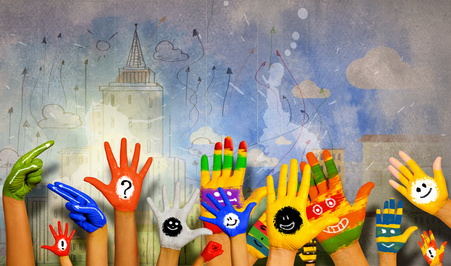Social-emotional learning for the whole child
Over the past decade we have demanded that students become more focused on academics. Yet we may have forgotten about social emotional learning. As a result we have bypassed the important aspect of schooling: the education of the whole child.
Kindergarten used to focus on creative play and thematic activities. It now emphasizes preparation for first grade reading, writing and math. As the demands on students have increased, the place for play and self-directed learning has decreased. It has affected learning from elementary through high school.
Do kids get depressed?
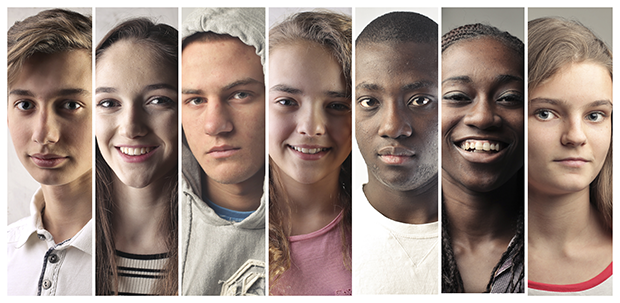
Some modern researchers have blamed student isolation on increased screen time by students. Other negative effects are cited as well. Cyber-bullying has also become a serious concern. Whatever the causal link, social isolation among preteens and teens is real.
Trauma-sensitive schooling and health of the whole child
Preteens and teens feel emotionally overwhelmed at increasing rates. Rates for depression and attempted suicide doubled from 2007 through 2015.
Schools and teachers can do only so much although most work to create safe, healthy learning spaces. Safety is a reflection of the larger culture. Current research suggests that many students experience trauma, and it affects their performance in school.
Nearly half of all U.S. children have been exposed to at least one traumatic event, according to the latest federal data, and more than 1 in 5 have been exposed to several. There are things schools can do.Nobody Learns It in a Day
Although many teachers and other experts focus on barriers to learning, there are problems that a school could help solve.
For example, in a poor, violent neighborhood, children tend to miss more school. They may have anxiety or stress-related illness, … or they may lack safe, reliable transportation.
A number of other approaches have been effective. That includes creating safe spaces and mindfulness practices. They allow students a place to vent, to relieve pressure, and to re-center. It can help reduce in-house suspensions and referrals. However, the most important idea is that trauma-sensitive schooling is a process, not a program.
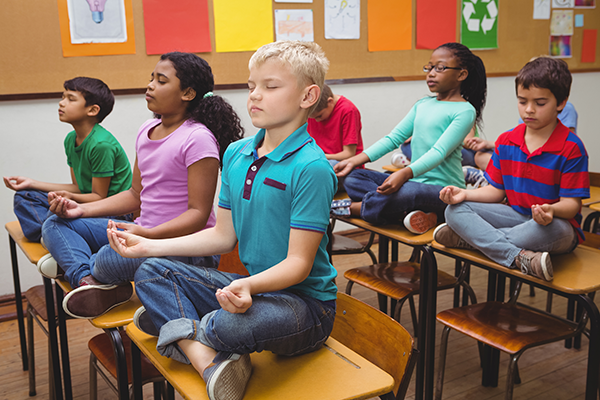
Parents are stressed. It takes a village to raise a whole child
Raising children has become unceasingly demanding, both economically and socially. Childcare has become prohibitively expensive. A sick child can force a parent to make difficult choice for taking off from work and losing pay. Active school shooter drills emphasize that the world is a dangerous place for children.
Many times an older sibling is forced to take over the parenting role. When I taught high school, a number of my students would confide in me that they had to stay home to watch a younger sick sibling while their parents were at work. Many families cannot afford to miss a day of work. Stress is not just on the parents, but it includes other family members.

What is childhood? What does it mean to be a whole child?
Have we ruined childhood, as Kim Brooks suggests? Does it have too much structure and too little play? The trends are concerning, but the world has changed. We face new challenges. One of those challenges is how to bring social-emotional learning – and that includes play – back into a dominant position in our hierarchy of importance.
When we think of the whole child, we have to think holistically. We need to include family, school-wide culture, the neighborhood, and a whole range of attributes that constitute well-being.
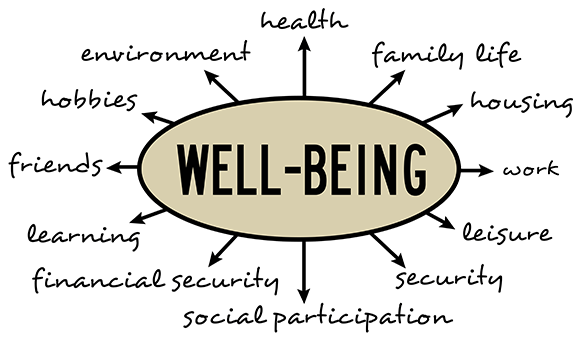
The joy of eating paste, and other kindergarten experiences
When my eldest daughter entered kindergarten, my wife and I had to rearrange our whole life. It certainly wasn’t the only time we had to accommodate change since we had a total of four children over the years. It is easy to forget that children like my daughter experienced eating paste in kindergarten. She also built things, painted, acted and danced in kindergarten. Paste was not the most nutritious part of her diet, but it was a reality of the times. She survived, and she learned not to eat paste.
Other activities outside of school – like dance and sports – helped build a well-rounded whole child. We provided a wealth of experiences for her and for our other children who came after. They engaged in critical and reflective thinking. We taught them how to be independent thinkers.
Field Trips: Extending learning into the community
In my first few years of elementary teaching, I was fortunate enough to have funds for buses so that we could explore the world outside the school building. Our first field trip was to a local weather monitoring station, and the kids loved it. Over the years I have taken students to parks, to zoos, to aquariums, to local marshes and more.
We went to Marine World where we had a machinery room tour to find out how roller coasters worked, tying it into middle school physical science curriculum. In some cases I had to write grants to pay for buses, but I was blessed with plenty of parents to chaperone. We had adult experts come into the classroom to give talks and share experiences about their jobs, and/or their expertise. All of that coincidentally strengthened our classroom culture. It helped counter isolation. It was education for the whole child, and it helped build a stronger, healthier community.
In search of the whole child: What to do and why to do it
Making connections between emotions and behavior is not an easy thing. In schools that do provide discussion in class, a smaller number of students often do the heavy lifting in the class. Others go along for the ride. Furthermore, many teachers feel overwhelmed by the demands of incorporating social-emotional learning into the academic curriculum.
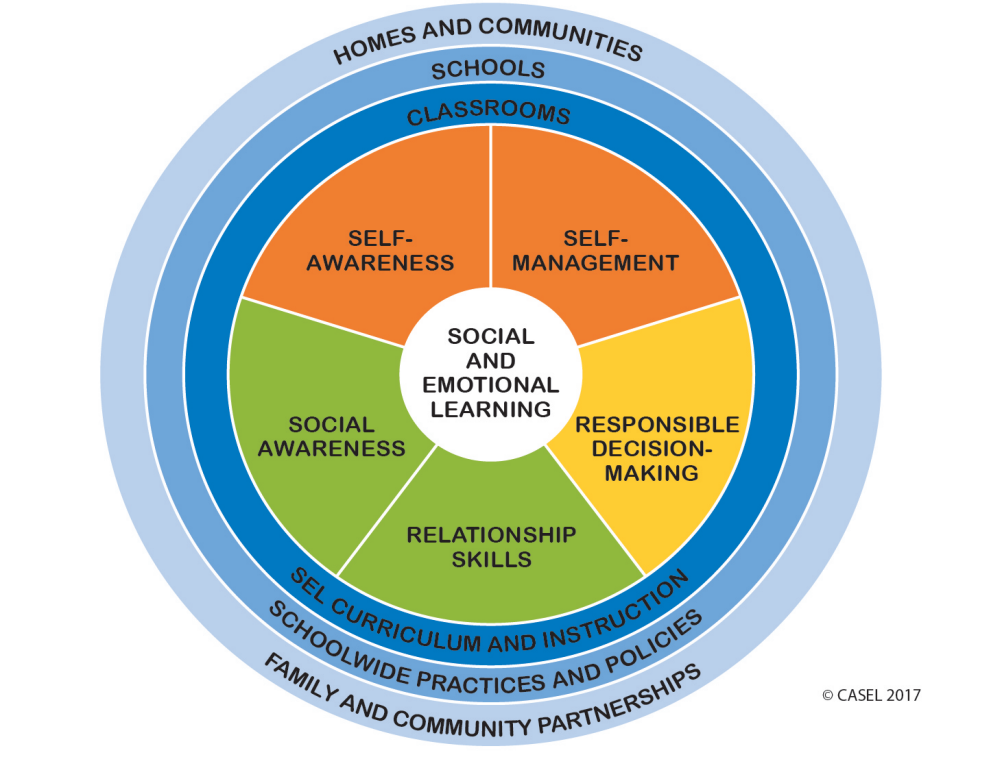
In the Gates Foundation Primary Sources 2012 report, over 60% of teachers say that student behavioral issues interfere with their ability to teach. 69% of teachers say that in-school behavioral support from therapists and psychologists has a strong or very strong impact on student achievement. A classroom meltdown by a high school student can really make teaching and learning disruptive for everyone. Having alternatives for these students – instead of suspension – is critical.
Relationships and Wholeness
In the classroom, relationships are paramount. As much as I believe in the beauty of pure intellectual endeavors, I have realized that the feeling and connection that underlies it that makes learning real for students. It becomes an experience for the whole child.
When I reached out to my students as individuals, they responded. If I focused on who they were and what they needed, then they blossomed. My experience as a teacher and their experience as students flourished and became more whole.
Resources
- Read Making the emotion-behavior connection (Aug 2019) for an excellent treatment of the issues involved.
- Visit The Collaborative for Academic, Social, and Emotional Learning (CASEL) to learn more about SEL. You will find in-depth guides and recommendations.
- Setting screen time rules and social media contracts for your kids. Teens are looking at their screens more these days and hanging out with their peers less. Studies have found that teens are using digital devices so much that they are interfering with their sleep, too.
- ‘Nobody Learns It in a Day’: Creating Trauma-Sensitive Schools. Strategies for helping the whole child learn to thrive in school and life.
- Movement and breathing helps students stay focused on learning.




